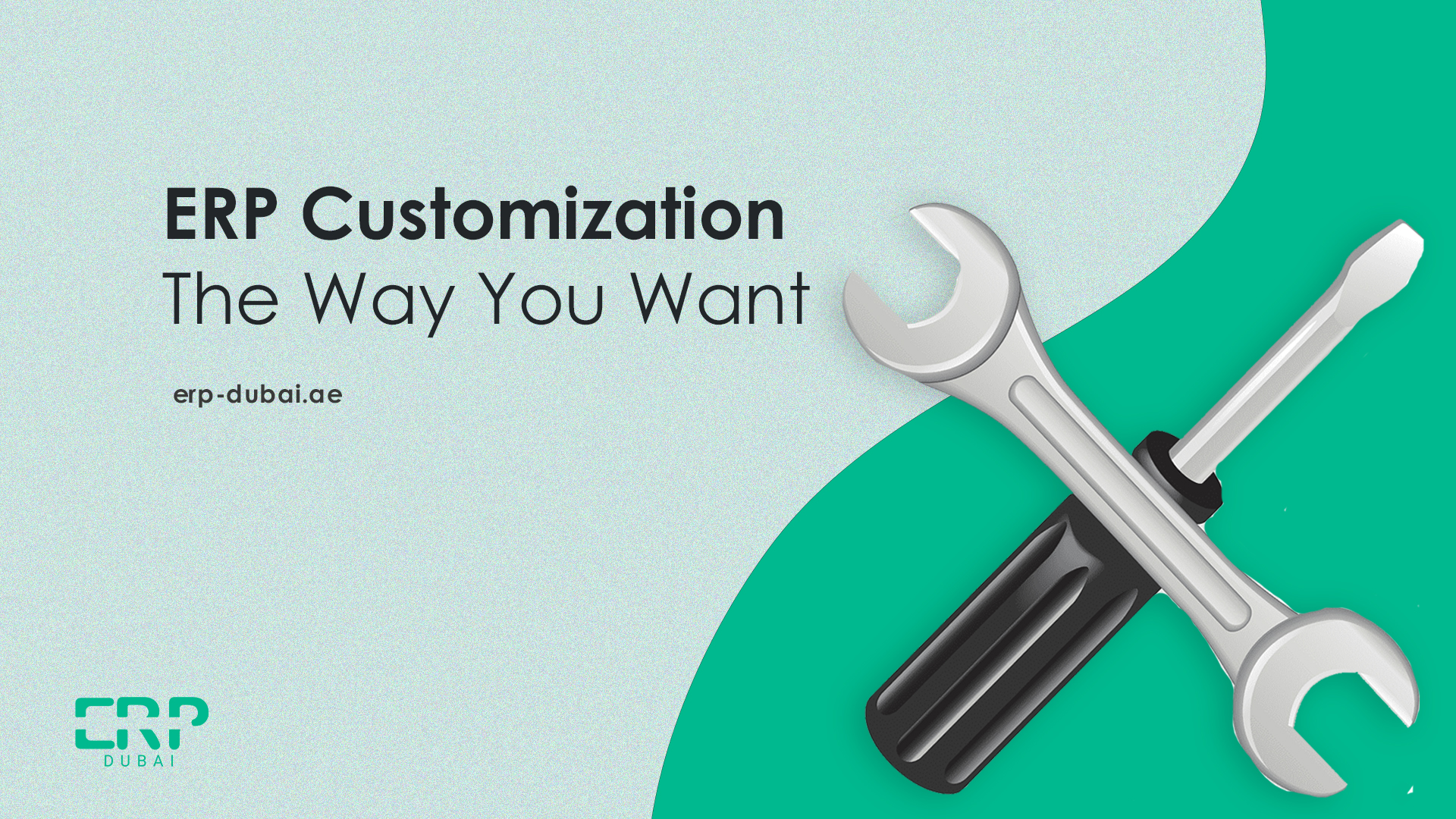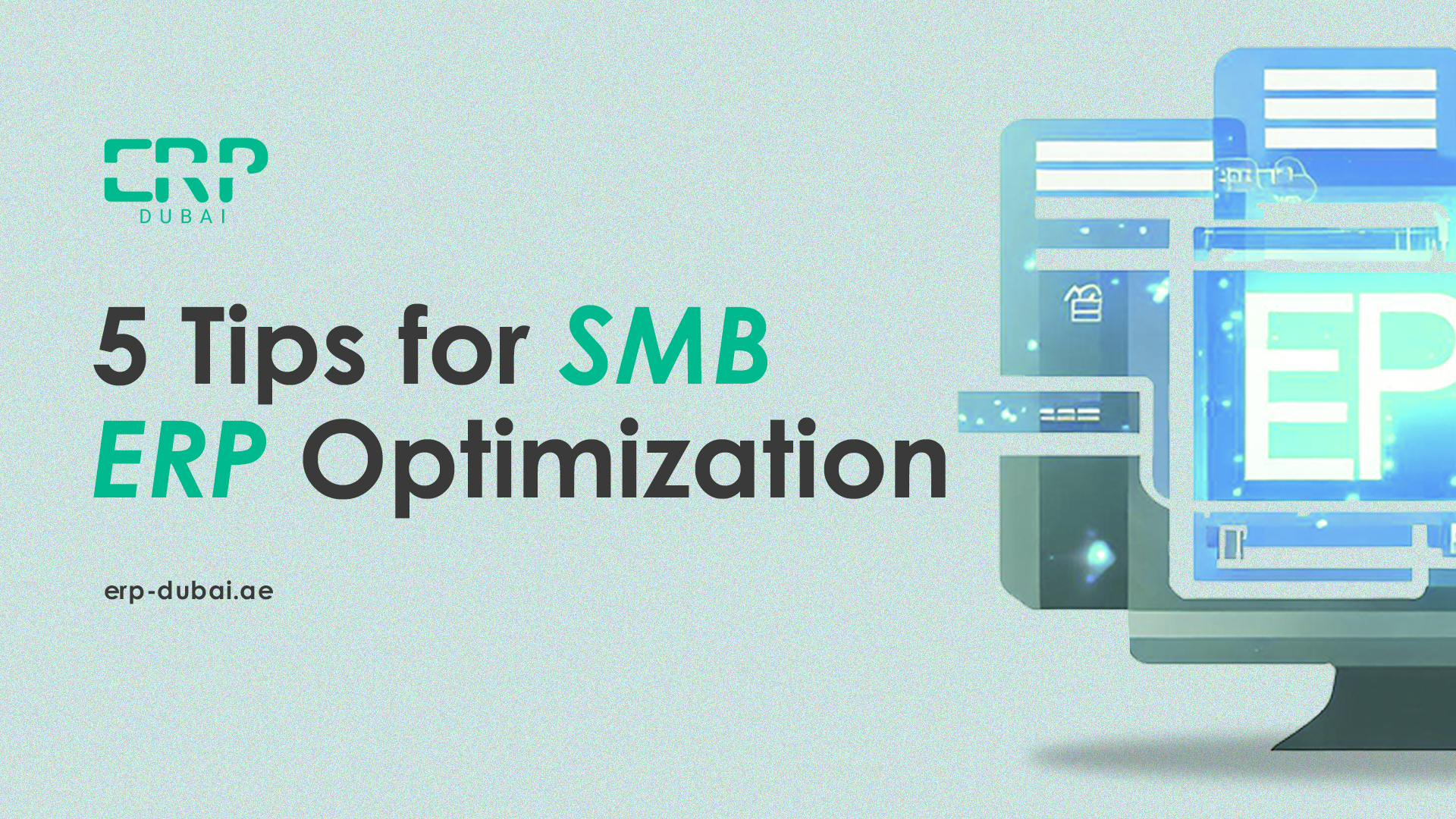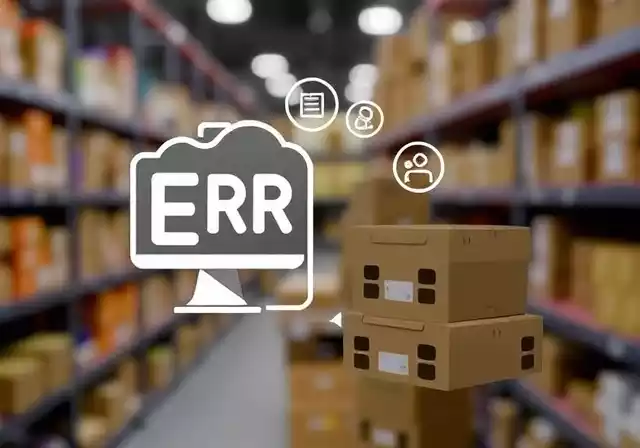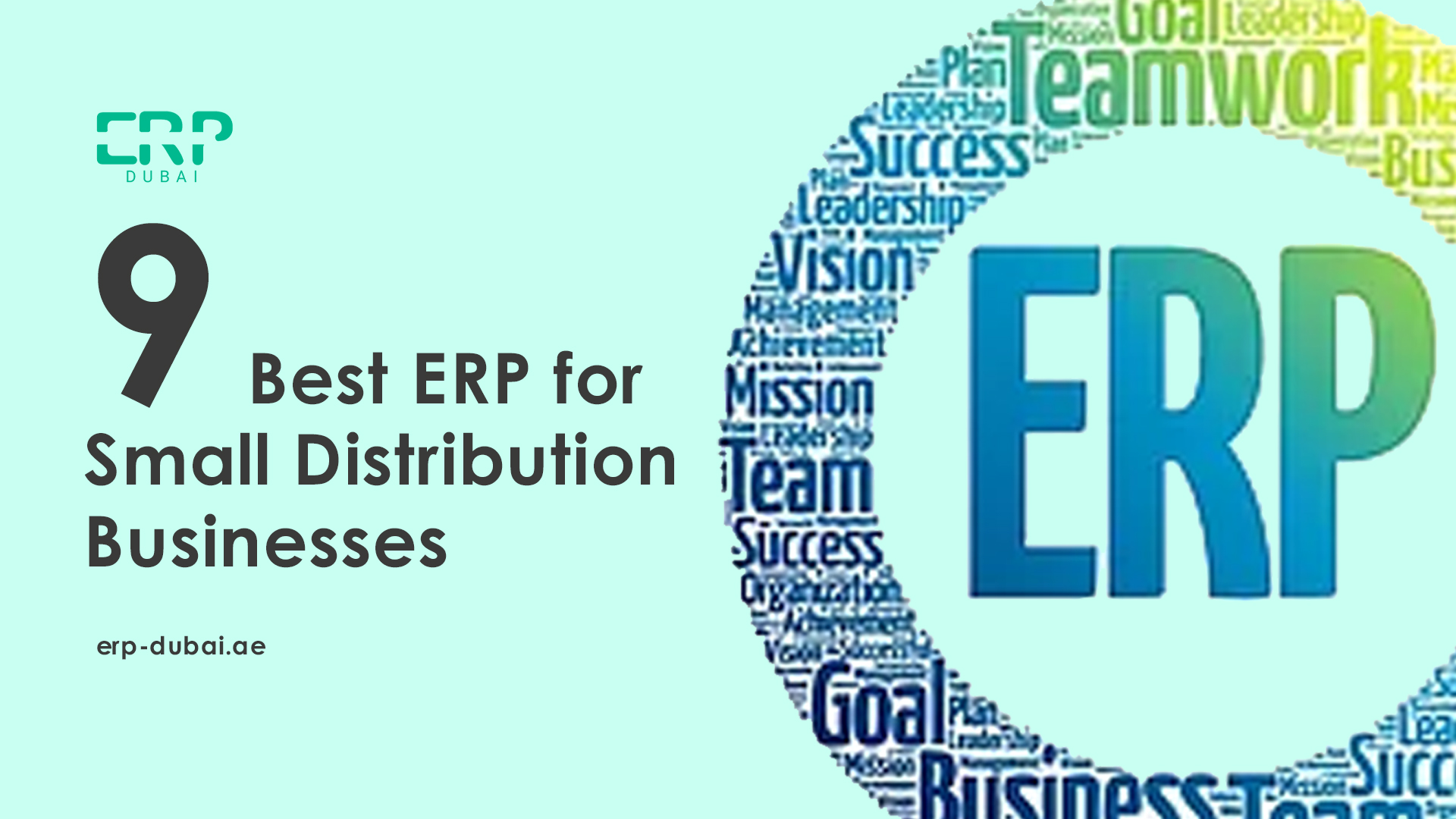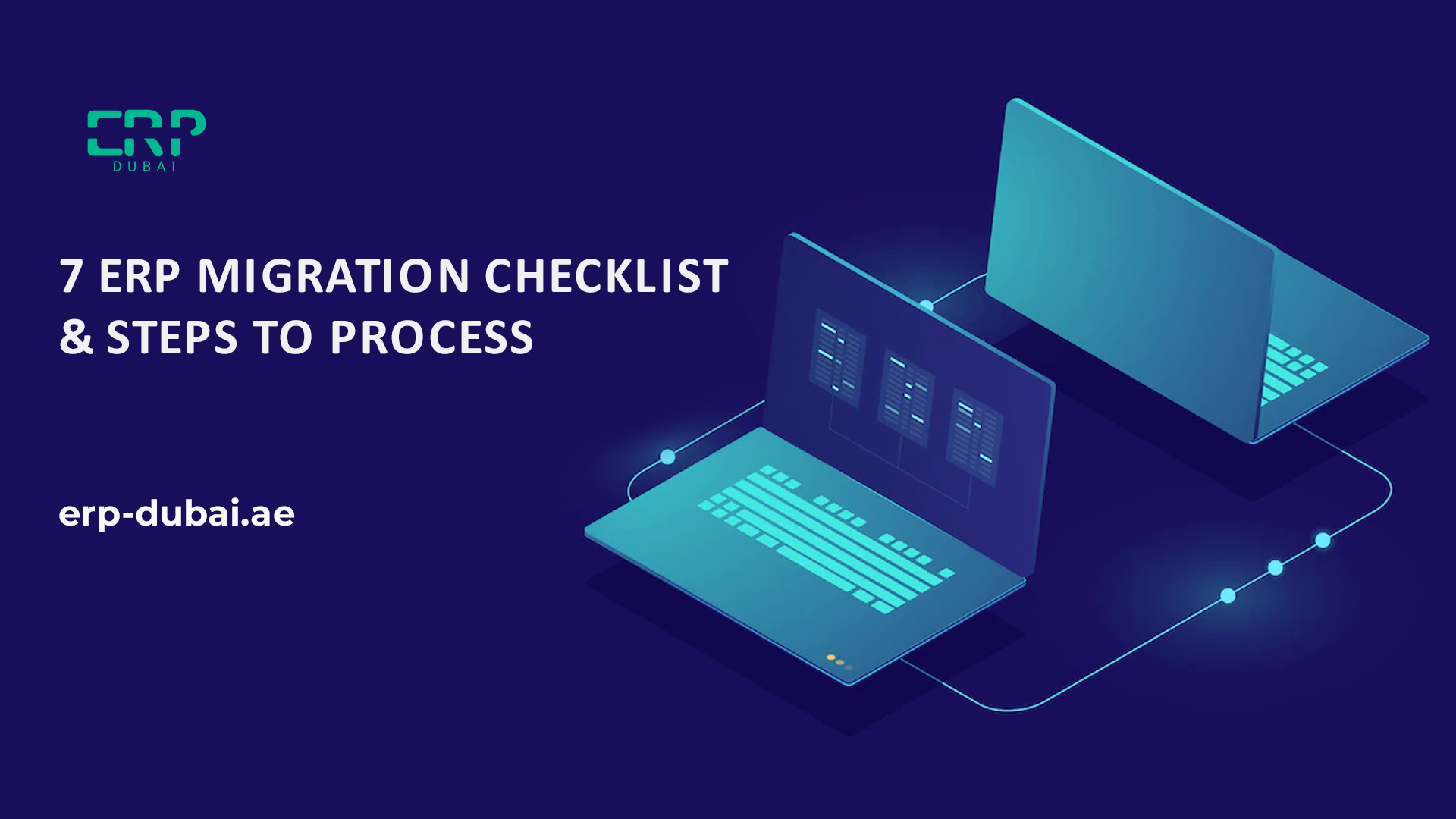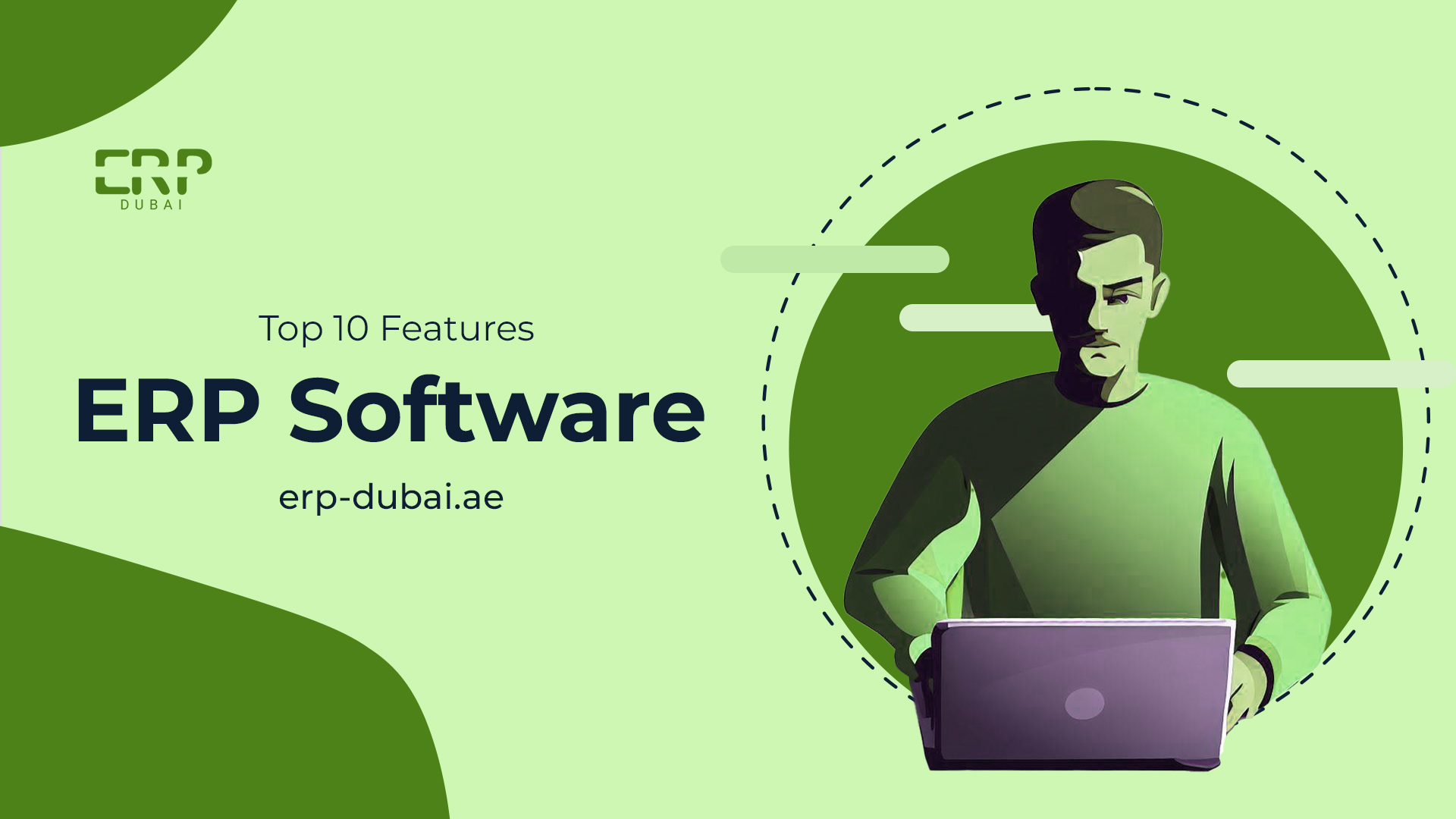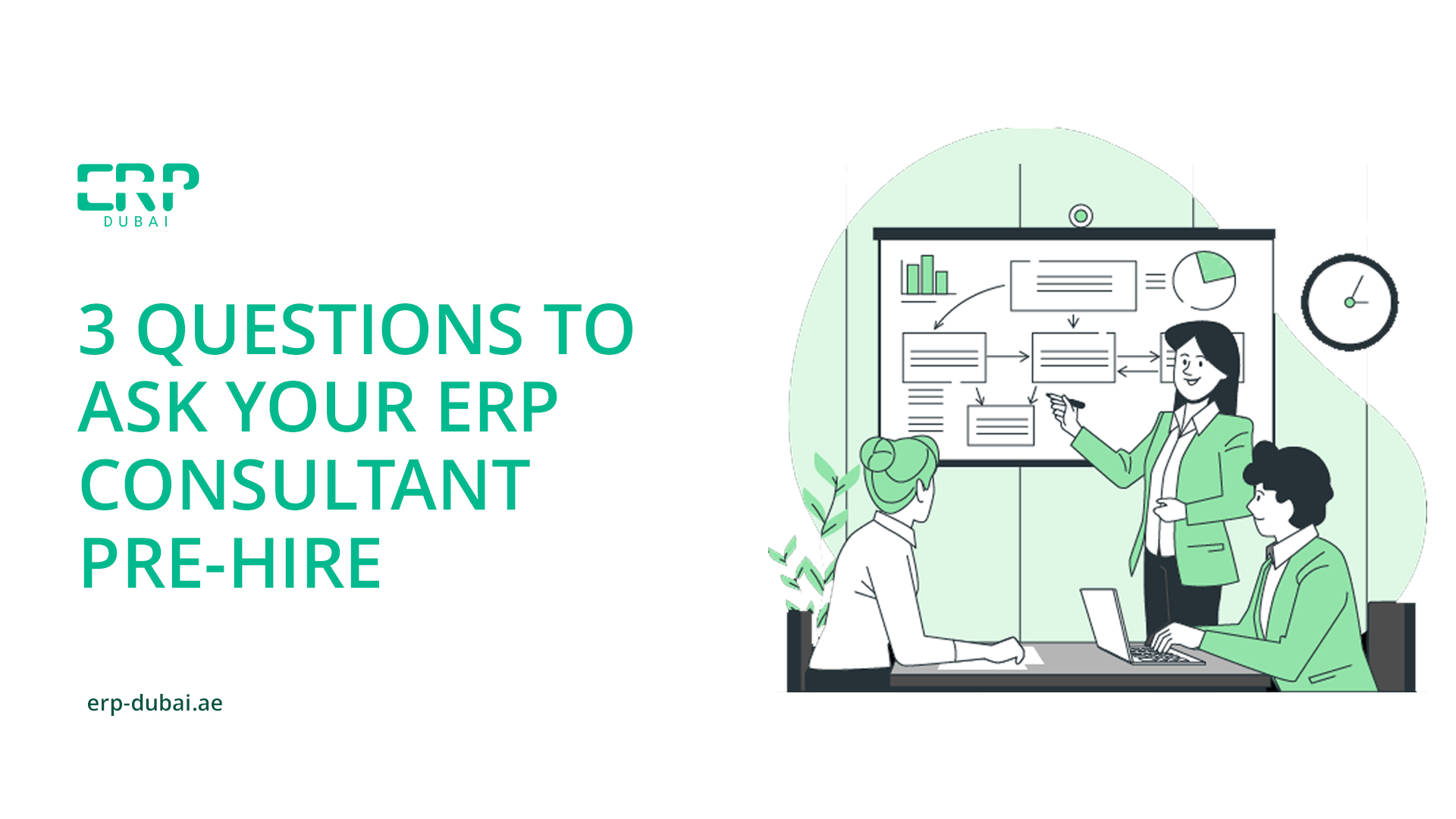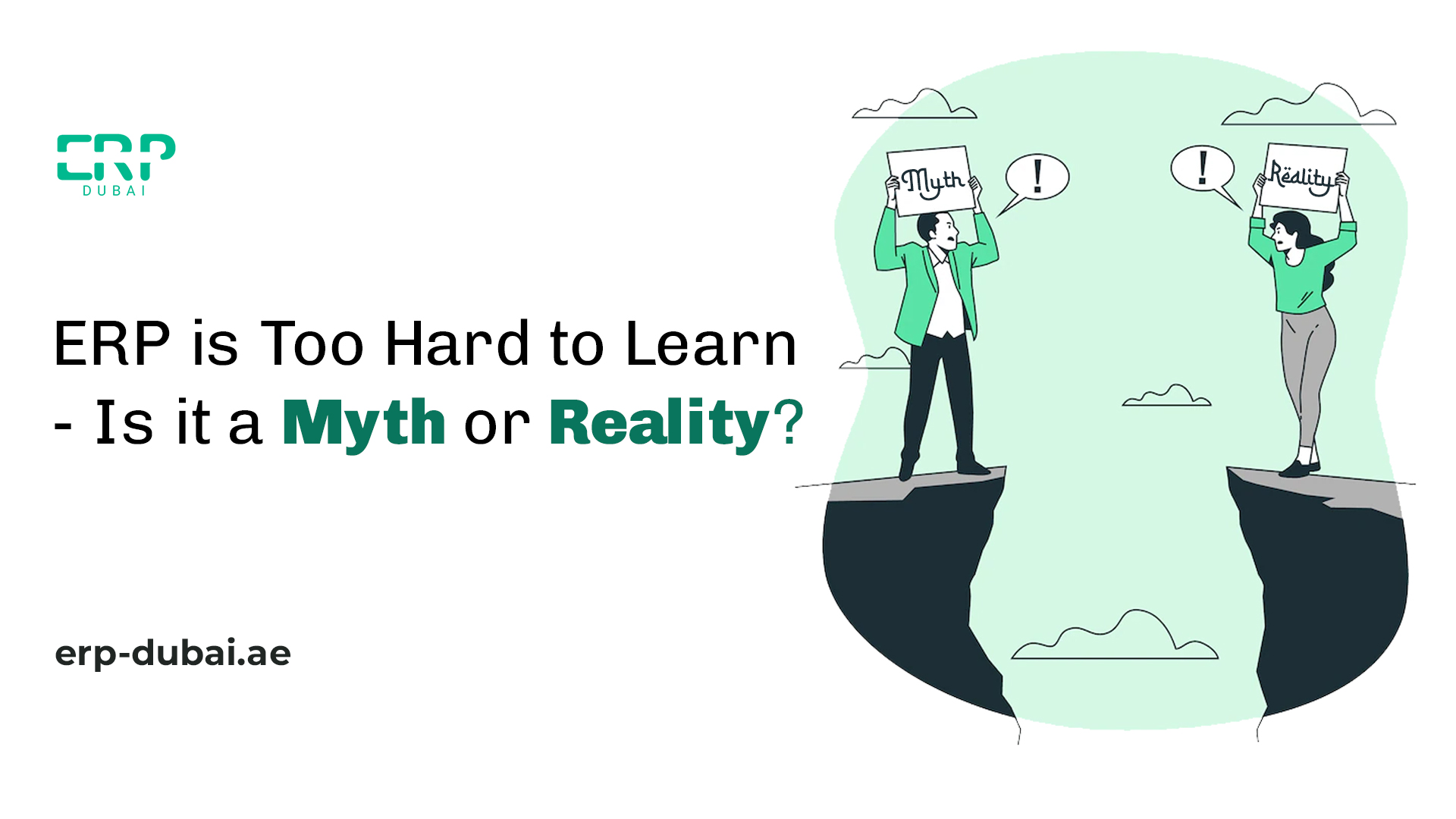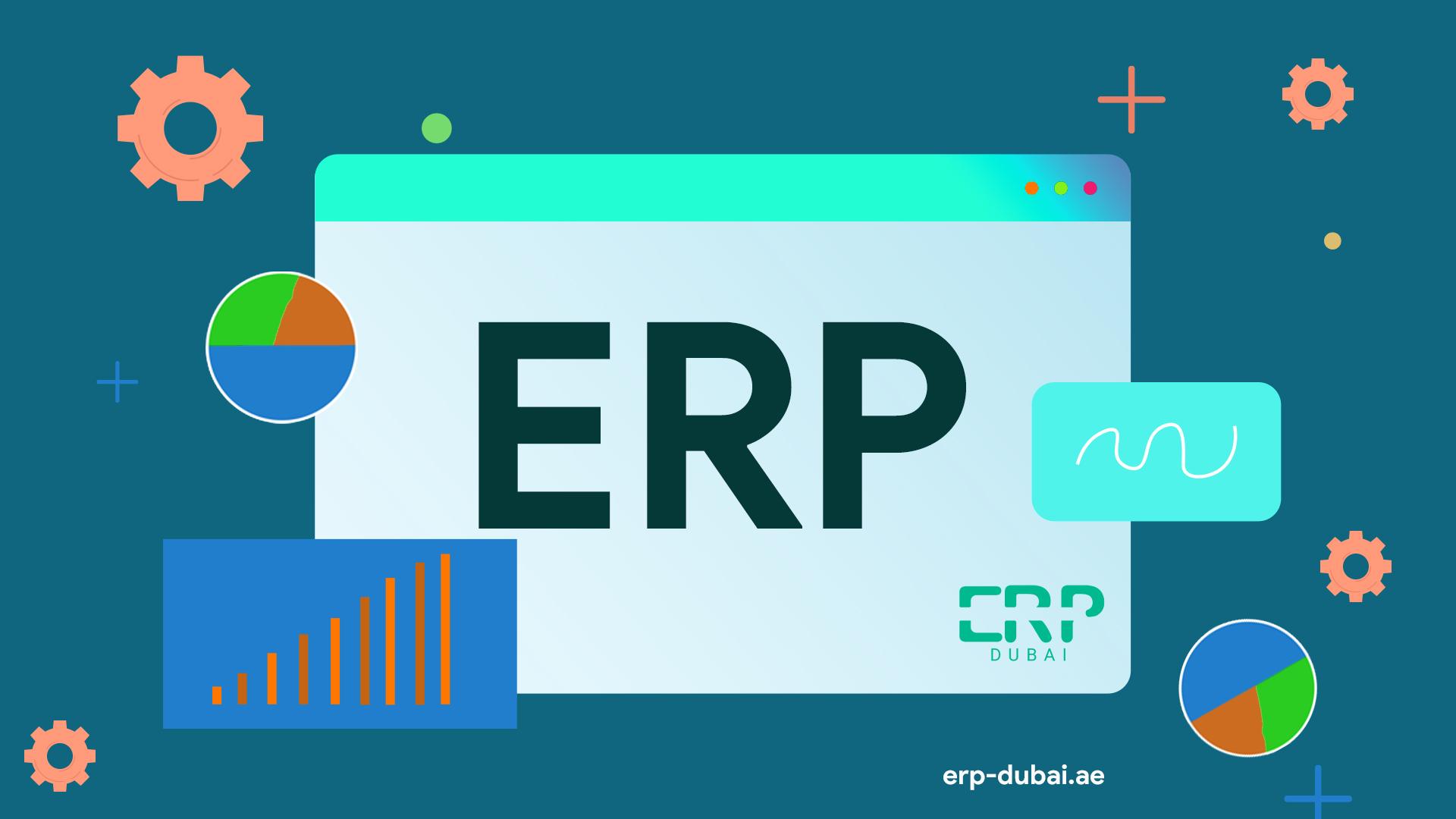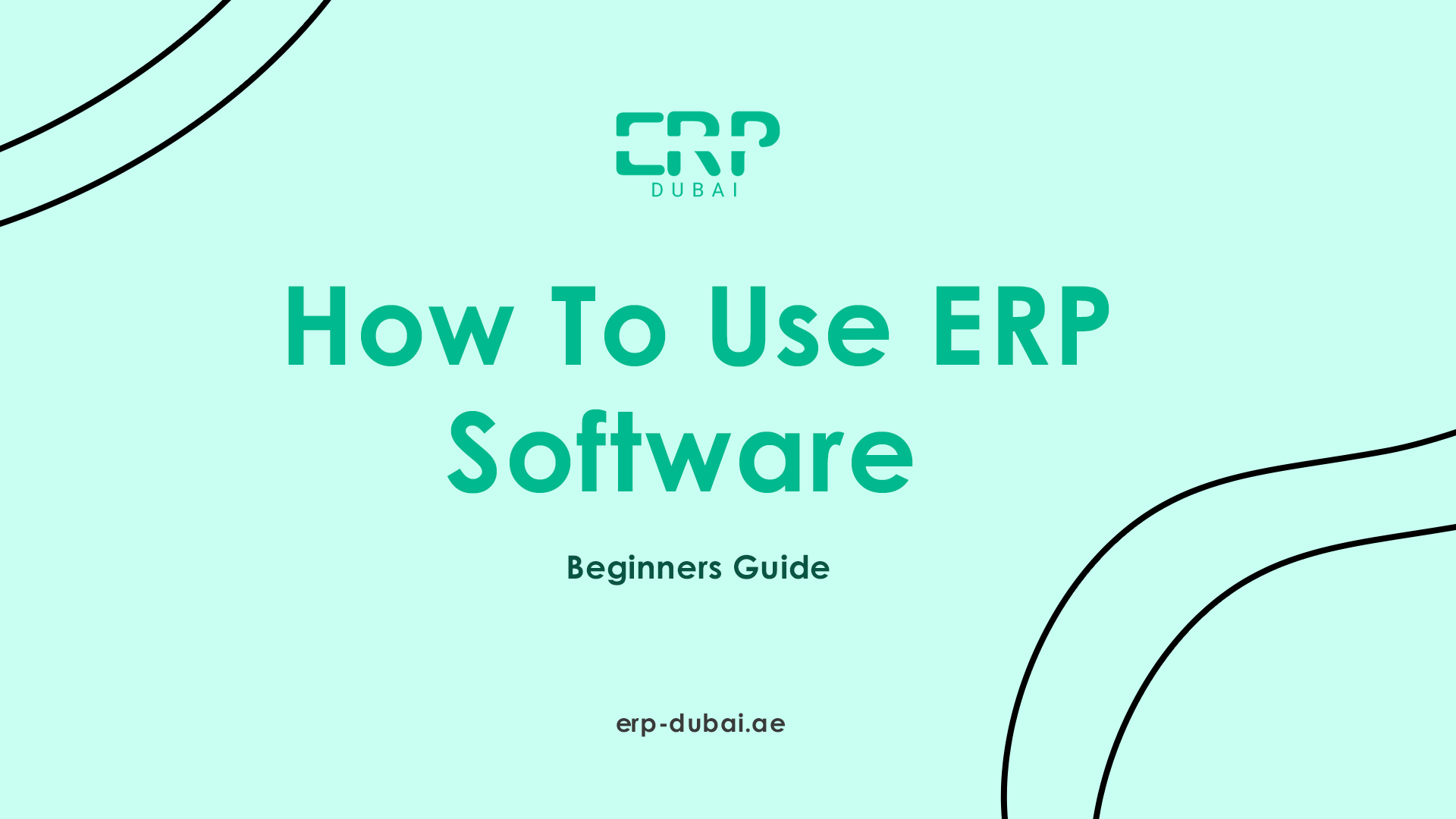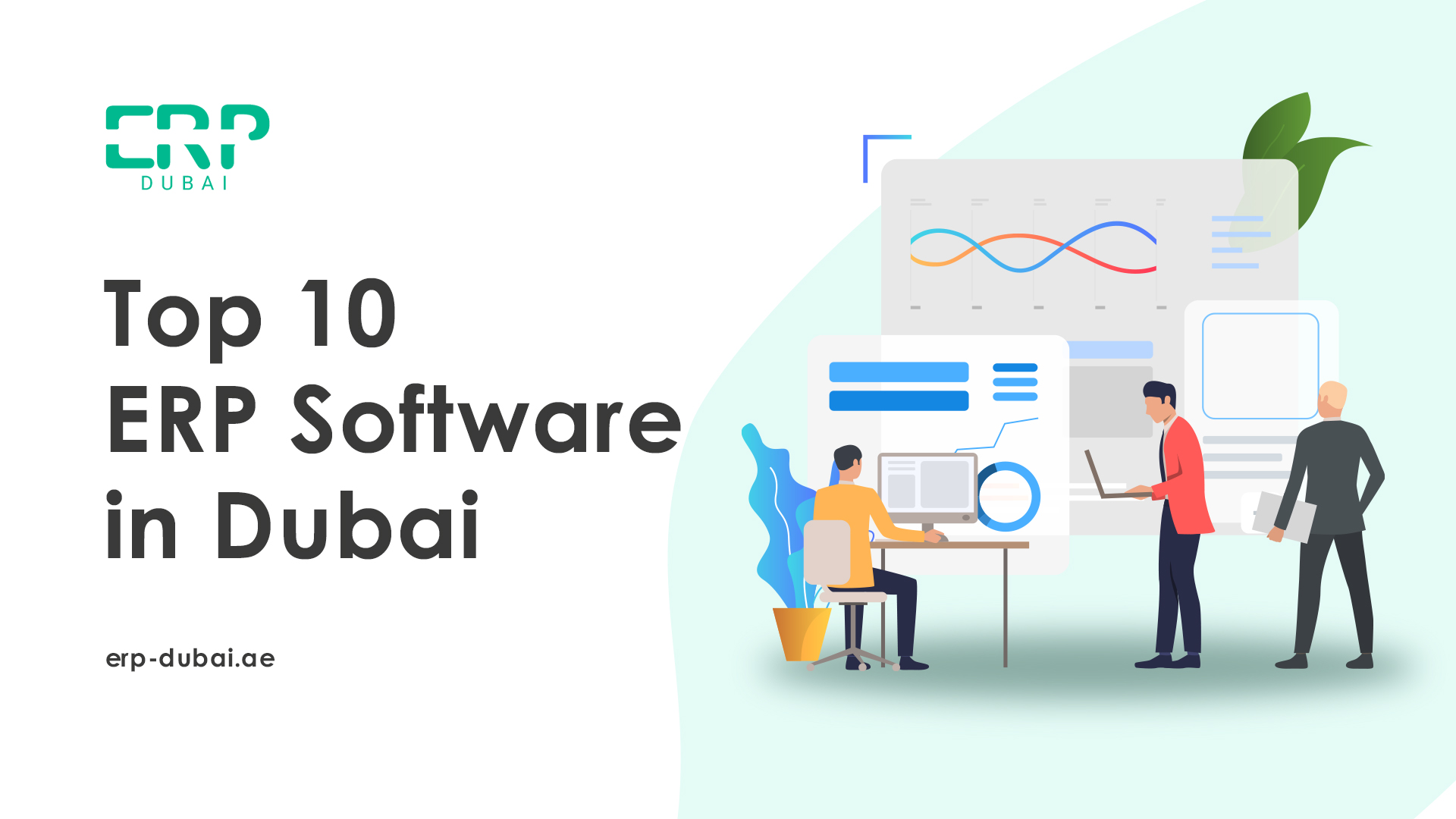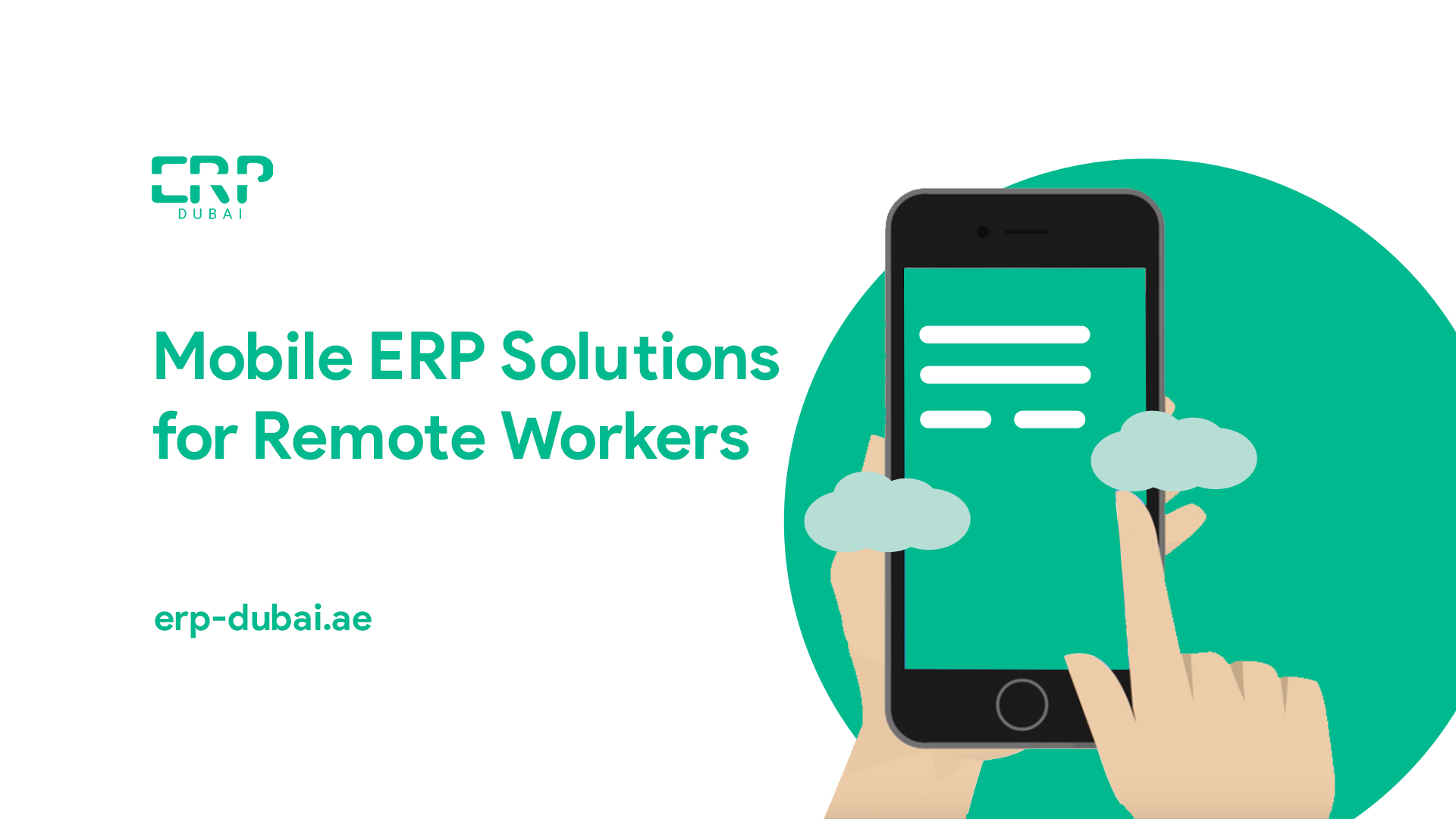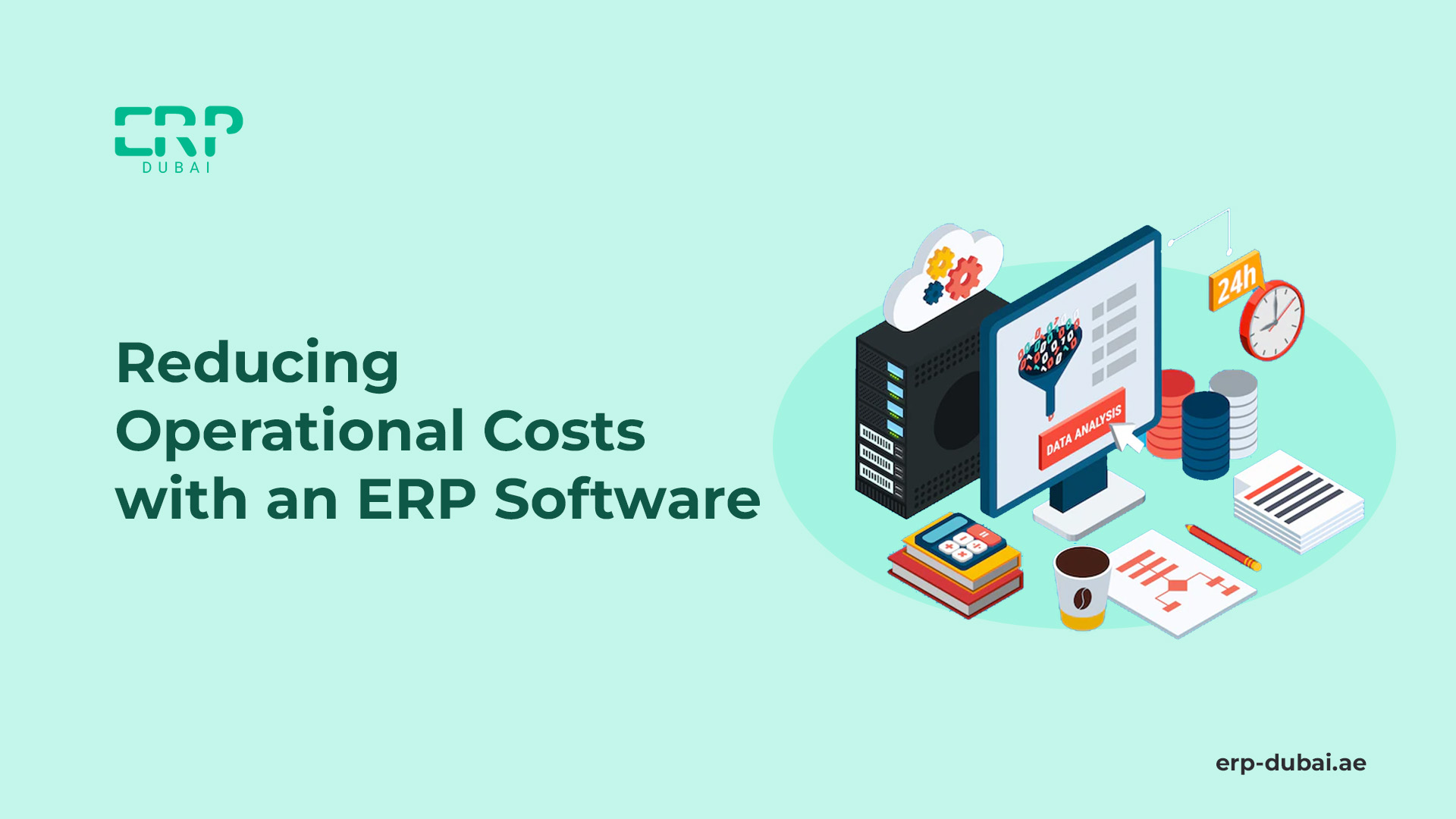No products in the cart.
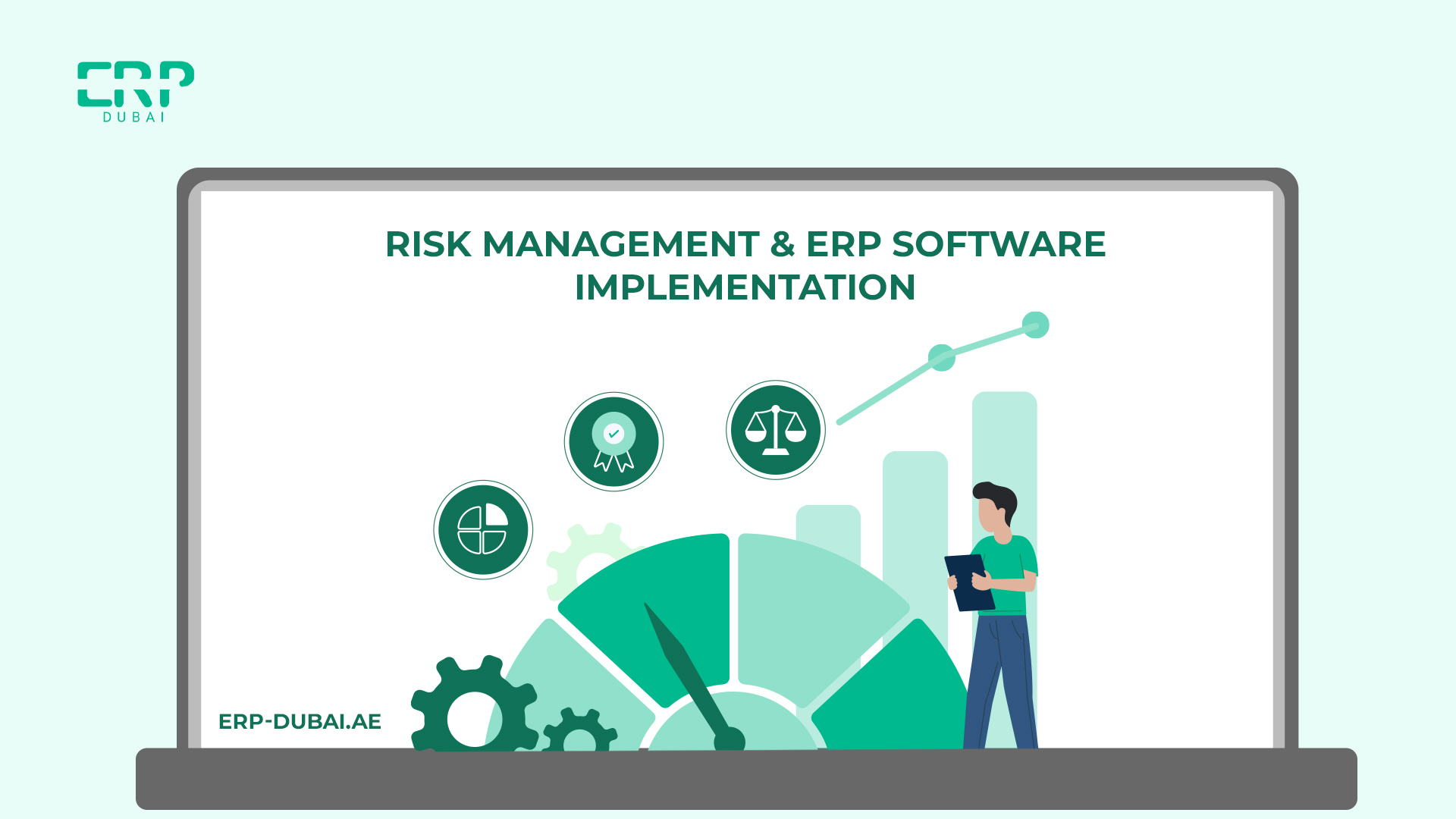
3 tips on Risk management and ERP software implementation
Implementing Enterprise resource planning, or ERP software, can be a challenging process for any organization. It involves many departments, a lot of data, and several risks that might make the implementation difficult. Risk management in the ERP implementation includes the identification and mitigation of potential risks before they develop into severe issues.
In this blog, we will discuss three tips for effective risk management during ERP software implementation.
Why need ERP software implementation
You’ll get a complete picture of your project’s activities, performance, and risks.
Early error detection and proactive error prevention are both possible.
It will be less expensive and risky to implement.
Make Your Business Strategy Specific
Uncertain business objectives are one of the few problems that can completely ruin an ERP implementation. Because of this, it’s critical to establish your plan before considering ERP systems. By the end, everyone should comprehend these two crucial ideas:
Your corporate goals. How can a new ERP system help with these goals?
Discussing these issues can assist main leaders in upper and middle management in agreement building. Your team can make informed decisions throughout the project with this unified stance. For instance, Making the appropriate choice when it comes to an ERP software system that suits your demands, is something you can do.
Before choosing an ERP system, organizational alignment can help you prioritize the features to look for. This lowers the possibility of making a wrong system selection.
Give organizational change management a top priority.
While technical problems can lead to ERP software failure, these are less common than issues with the project’s people and processes.
Don’t just concentrate on the technical issues; also consider whether your workforce is prepared to accept the change. Instead, you can end up with a powerful platform that gets barely any use.
You might understand the need for a change in your position. But it’s human nature to be skeptical. And they can be even openly hostile to change. So don’t be shocked if you encounter these attitudes among your staff.
Organizational change management can help in this situation.
This involves explaining the nature of the shift and its motivation. A change management plan should serve as the foundation for all communication and be influenced by several organizational assessments.
Tip 1: Conduct a thorough risk assessment
A thorough risk evaluation is the first step in efficient risk management during ERP system implementation. This assessment should identify all potential risks associated with the implementation process. It is important to include all stakeholders in this assessment, such as IT experts, department heads, and end users. This will guarantee the recognition of all possible risks and everyone is aware of the dangers the implementation process poses.
Following the identification of all potential risks, you need to assess each one for probability and potential influence on the implementation process. Priority in the risk management plan should be given to risks that are thought to have a greater chance and a high potential impact. This plan should outline the steps for mitigating these risks. As well as should bring the resources to do so.
Tip 2: Develop a comprehensive risk management plan
Once you identified and assessed all potential hazards, creating a thorough risk management plan is the next step. This strategy should contain specific mitigation measures for each risk that has been identified. Along with outlining the resources needed to mitigate each risk, it should also specify the responsibilities of each stakeholder in the implementation process.
It’s essential to focus on that the risk management plan needs to be a dynamic document. And also, this requires frequent revision as the implementation process progresses. This will ensure that it stays applicable and efficiently reduce potential risks as they manifest.
Tip 3: Communicate effectively with all stakeholders
Successful risk management during ERP implementation depends on efficient communication. You should keep all the risks that can arise during the implementation process under review. And also, should make efforts to reduce those risks.
It’s critical to maintain consistent and transparent communication with all parties involved. They include IT experts, department leaders, and end users. This will make it easier to ensure that everyone is aware of the risks involved with the implementation process and the efforts taken to mitigate those risks.
As a final observation
ERP implementation can be a challenging and complex process, but good risk management can help to reduce any potential risks and guarantee a smooth operation. Three significant guidelines for effective risk management during ERP software deployment are here. Doing a complete risk assessment, creating a detailed risk management plan, and communicating clearly with all stakeholders. Organizations can reduce the likelihood of potential risks and guarantee a smooth implementation process by simply following these recommendations.
One of the most valuable aspects of the ERP system implementation that will determine its success is selecting a reliable ERP system development, implementation, and customization company. Send Elate ERP a message to learn more about how a risk-free ERP software setup works in reality.


